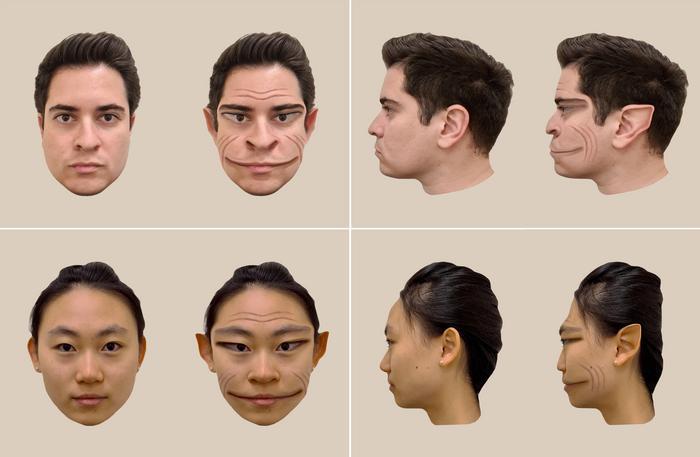
RIVM advises not to touch face
One of the advice from the RIVM in the fight against the coronavirus is to touch your face as little as possible. It turns out that advice that is not so easy to follow. Why is it so hard not to touch our face?
When you touch your face with your hands, you risk transmitting the coronavirus to the mucous membranes of your mouth, nose and eyes. So don’t! Several scientific studies explain why this is easier said than done.
Unconscious behavior
In one hour we touch our face about 23 times. At least, that’s what Australian researchers saw when they spent four hours filming a lecture hall full of students. Mouth, nose and eyes are the favourites, followed by the chin, hair, neck and ear. Face touching, the researchers called it, and it is something we humans mainly do unconsciously. That is why it is so difficult to unlearn. Many animals exhibit the same behavior. Gorillas, orangutans, chimpanzees – they all touch their faces. And have you ever seen a cat brushing? That’s right: cats do it too.
stress
According to Professor of Child and Adolescent Psychiatry Pieter Hoekstra, touching the face was probably originally a gesture of care. Sometimes such a habit even develops into a compulsive act. Just think of biting your nails or constantly scratching open wounds. In a way this can have a stress-reducing effect, according to Hoekstra it has to do with a sense of control.
scared or unsure
That touching the face can have a stress-reducing effect is also shown by a German study from 2019. The researchers showed that people who feel afraid or insecure touch their faces more often. The degree of fear or uncertainty also seems to influence which part of the face someone touches. However, the scientists do not yet know exactly how that works.
Stay away from your face – that’s how you do it!
Of course: everything can be unlearned. Unconscious behavior takes some effort, however. You must first become aware of it when you touch your face. You most likely do this because you feel something: itching, a tickle, a little irritation. The trick is to feel that feeling, but not to react to it. In that sense it resembles the lessons from mindfulness: to notice, not to react. The moment you consciously feel the tickle or itching, a moment of choice arises: you can touch your face to put an end to the tickle or itching. Or – and that is certainly by far the best choice now! – you feel the itch, but you decide to leave it for what it is. Focus on something else: grab a drink, water the plants, read the newspaper, whatever. Slowly but surely you will notice that you are less and less inclined to react to every tickle. And that is very hygienic.
Sources):

















